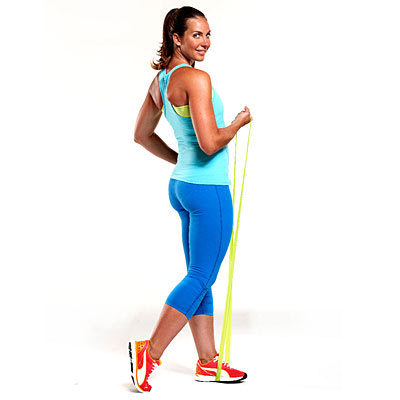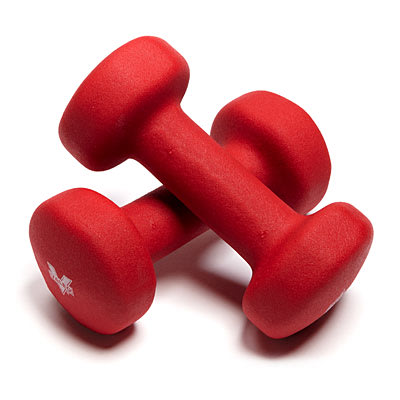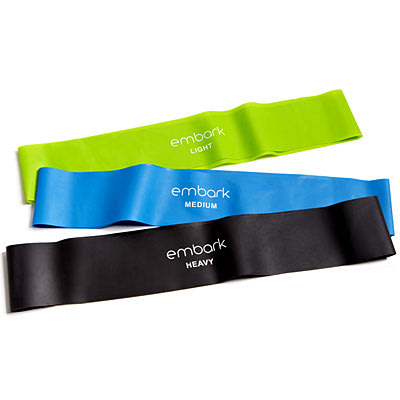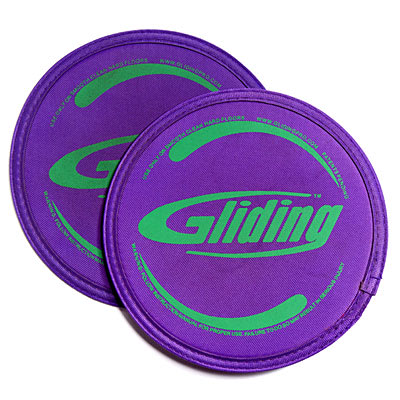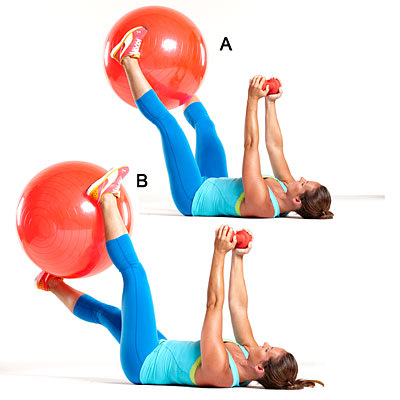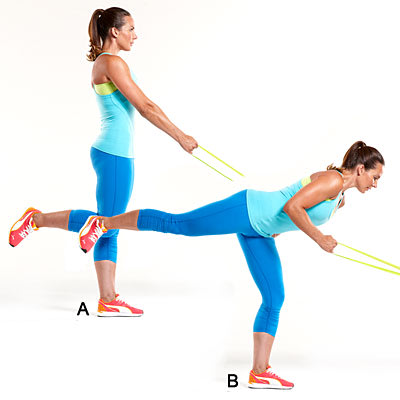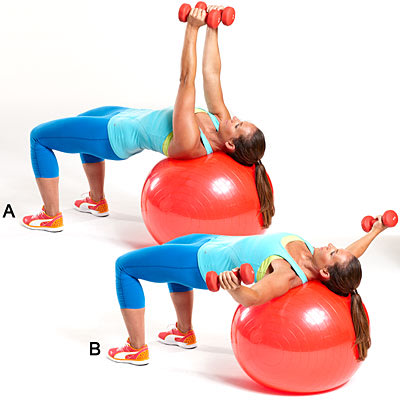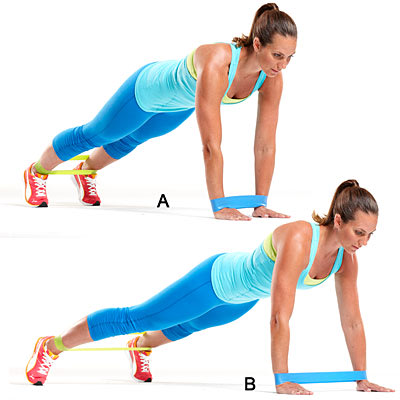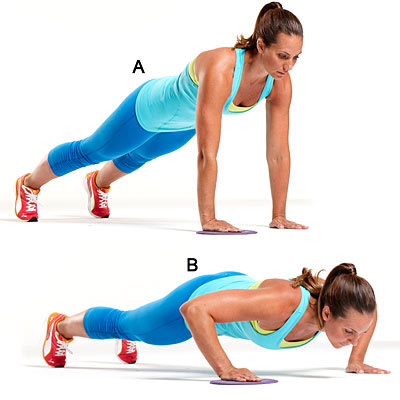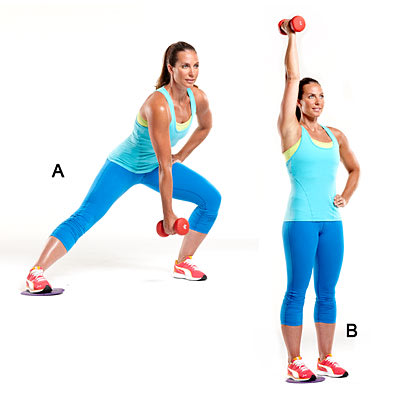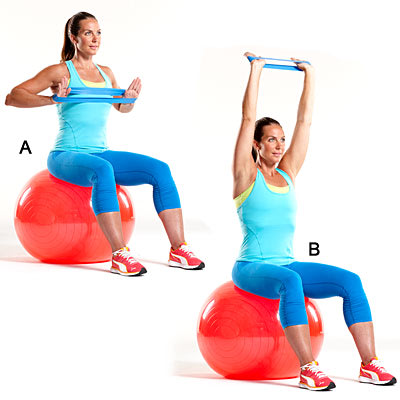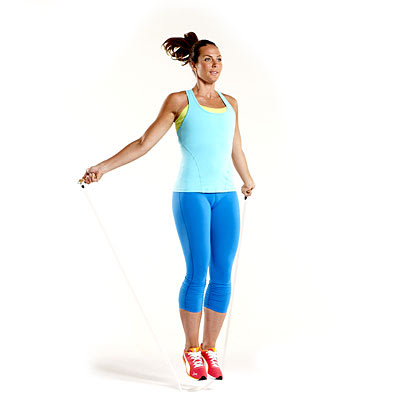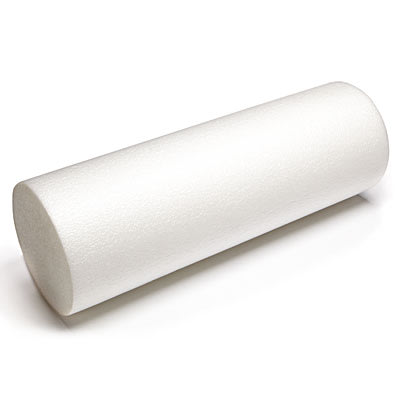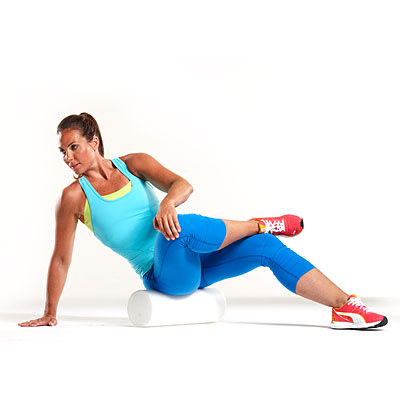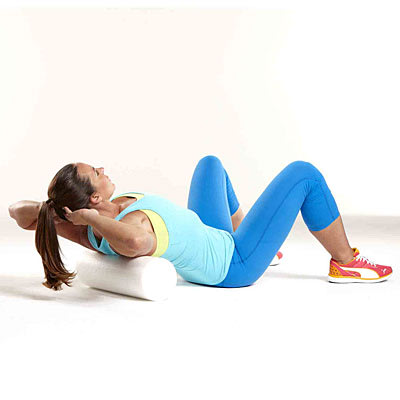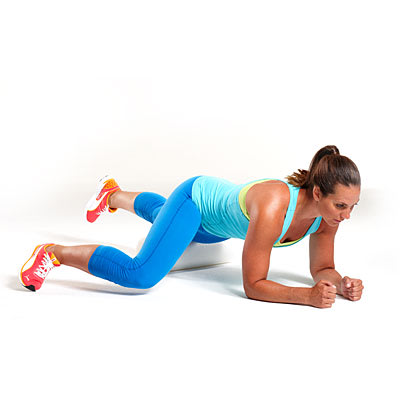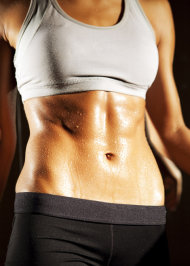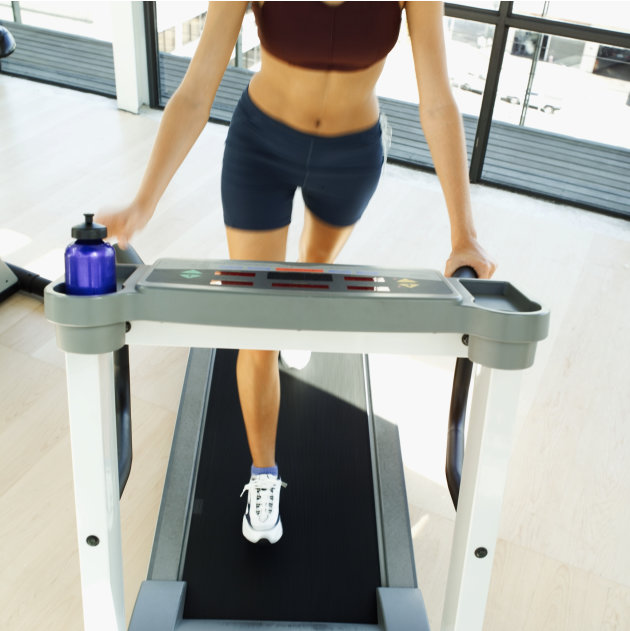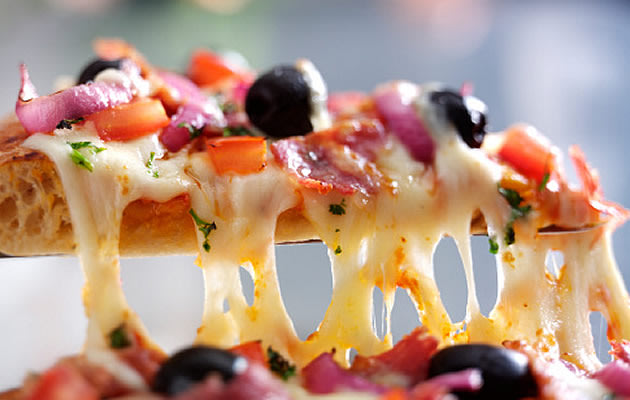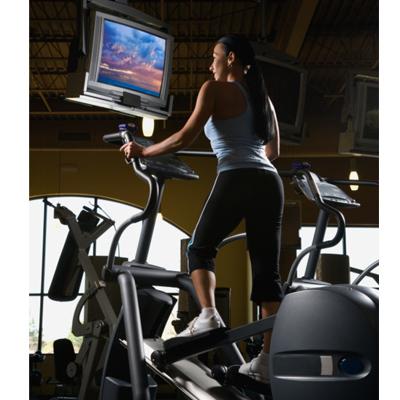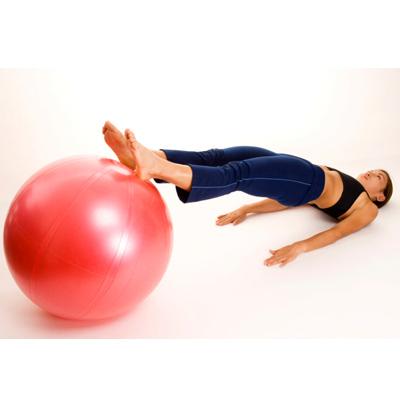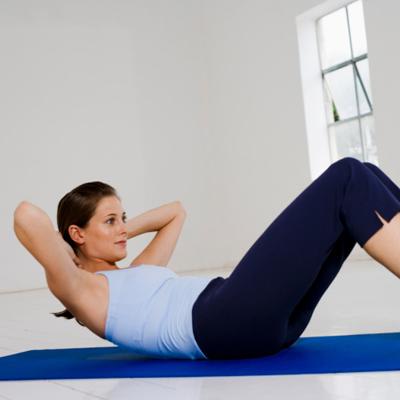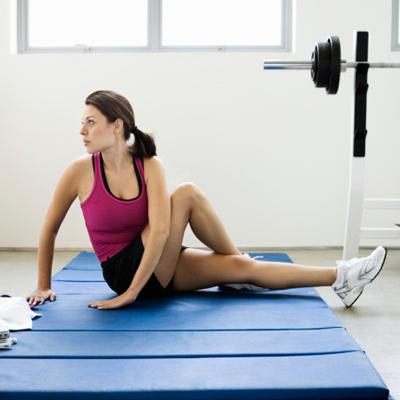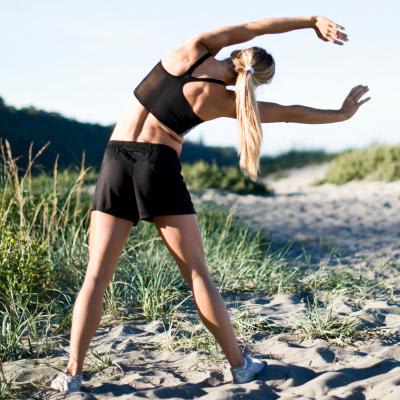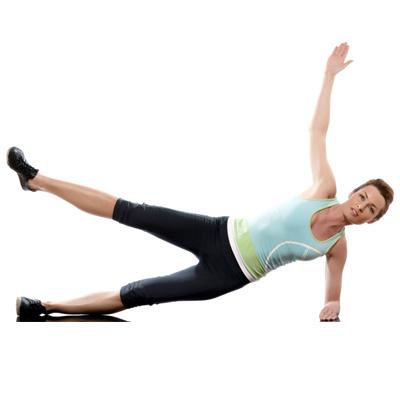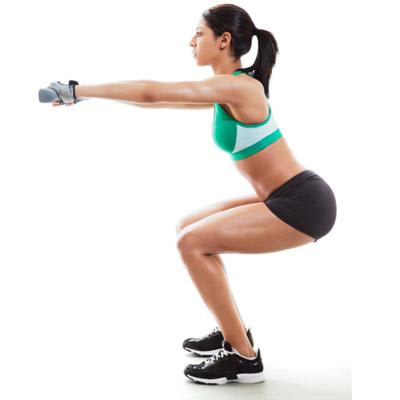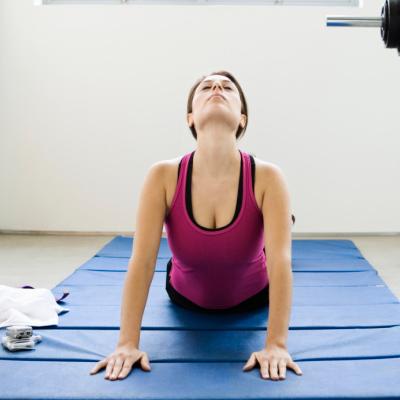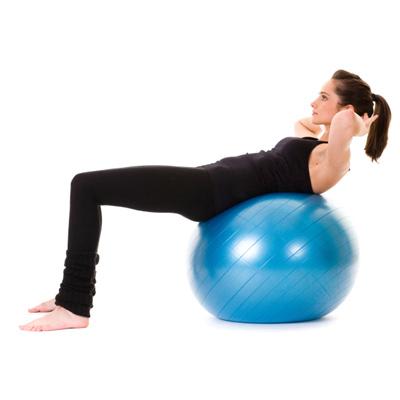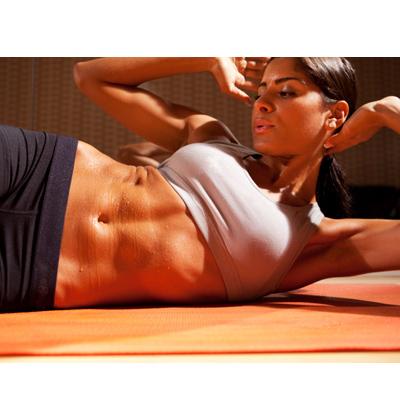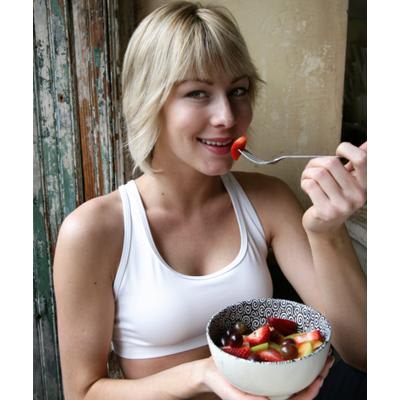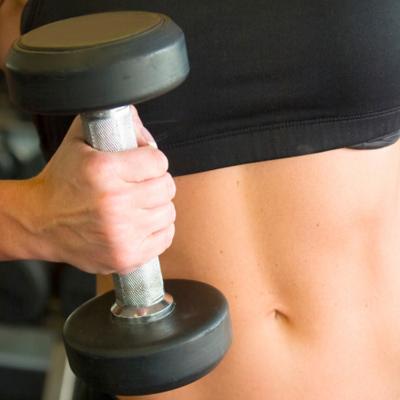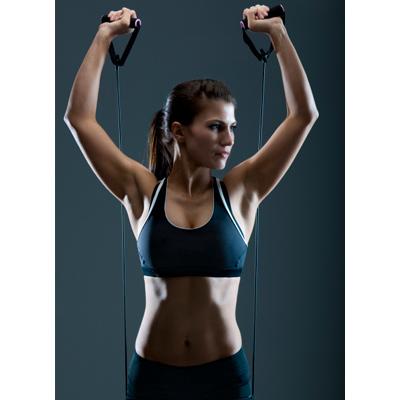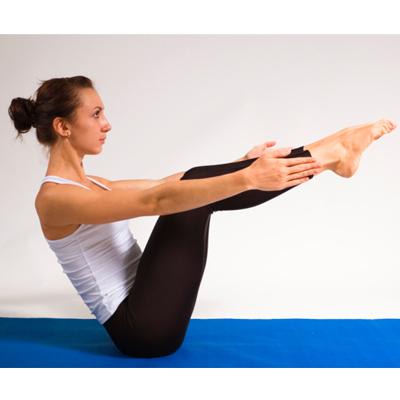Quality time on the treadmill may be a better way to fight the flab compared to weight training or a combination of the two, a new study finds.
The study comes from Duke University Medical Center in Durham, North Carolina, and was published last week in the Journal of Applied Physiology.
"Given that approximately two-thirds of adults in the United States are overweight due to excess body fat, we want to offer clear, evidence-based exercise recommendations that will truly help people lose weight and body fat," says Leslie H. Willis, MS, an exercise physiologist at Duke Medicine and the study's lead author.
Researchers enlisted 234 overweight or obese adults in the study. Subjects were randomly assigned to one of three groups: resistance training three days per week (three sets per day, eight to 12 repetitions per set); aerobic training (walking/jogging 19 kilometers per week); or aerobic plus resistance training (three days a week, three sets per day, 8-12 repetitions per set for resistance training, plus 19 kilometers per week of walking/jogging).
The groups assigned to aerobic training and aerobic plus resistance training lost more weight than those who did just resistance training. The resistance training group actually gained weight due to an increase in lean body mass, the researchers noted.
Interesting, while the combination exercise group worked out longer than the other groups, their results were mixed. Participants did lose weight and fat mass, but the loss wasn't as significant as those who just trained aerobically.
"Balancing time commitments against health benefits, our study suggests that aerobic exercise is the best option for reducing fat mass and body mass," says Cris A. Slentz, PhD, a Duke exercise physiologist and study co-author. "It's not that resistance training isn't good for you; it's just not very good at burning fat."
The Duke team published a second study last year in the American Journal of Physiology, Endocrinology and Metabolism that found that vigorous aerobic activity trumps lifting weights when it comes to trimming belly fat.
"Given that approximately two-thirds of adults in the United States are overweight due to excess body fat, we want to offer clear, evidence-based exercise recommendations that will truly help people lose weight and body fat," says Leslie H. Willis, MS, an exercise physiologist at Duke Medicine and the study's lead author.
Researchers enlisted 234 overweight or obese adults in the study. Subjects were randomly assigned to one of three groups: resistance training three days per week (three sets per day, eight to 12 repetitions per set); aerobic training (walking/jogging 19 kilometers per week); or aerobic plus resistance training (three days a week, three sets per day, 8-12 repetitions per set for resistance training, plus 19 kilometers per week of walking/jogging).
The groups assigned to aerobic training and aerobic plus resistance training lost more weight than those who did just resistance training. The resistance training group actually gained weight due to an increase in lean body mass, the researchers noted.
Interesting, while the combination exercise group worked out longer than the other groups, their results were mixed. Participants did lose weight and fat mass, but the loss wasn't as significant as those who just trained aerobically.
"Balancing time commitments against health benefits, our study suggests that aerobic exercise is the best option for reducing fat mass and body mass," says Cris A. Slentz, PhD, a Duke exercise physiologist and study co-author. "It's not that resistance training isn't good for you; it's just not very good at burning fat."
The Duke team published a second study last year in the American Journal of Physiology, Endocrinology and Metabolism that found that vigorous aerobic activity trumps lifting weights when it comes to trimming belly fat.
